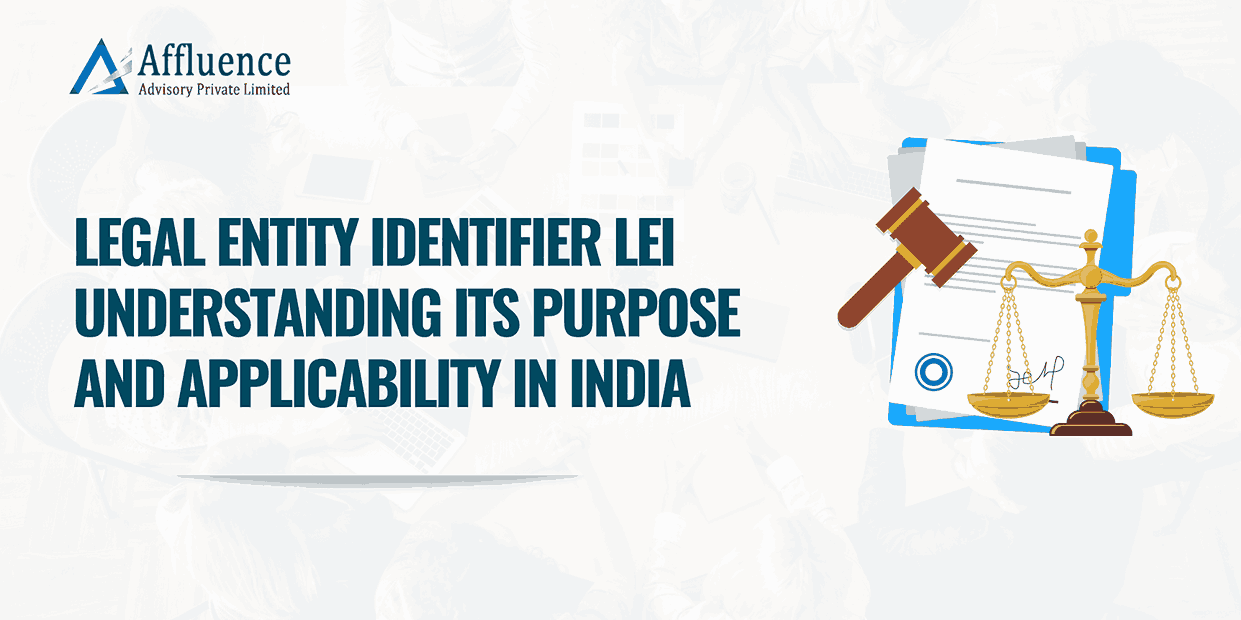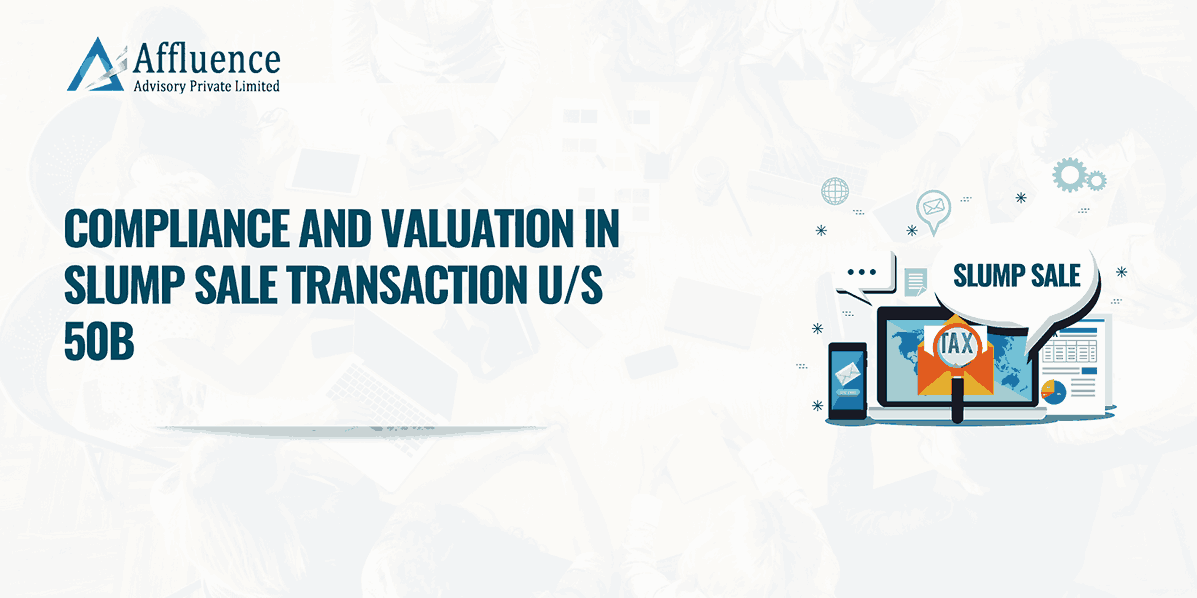INTRODUCTION:
The Legal Entity Identifier (LEI) is a unique 20- character alphanumeric code used to identify companies, organizations, and other legal entities that engage in financial transactions. The LEI system was introduced after the 2008 global financial crisis by international regulators, including the G20 and the Financial Stability Board (FSB), to improve transparency and reduce risk in global financial markets.
It can be obtained from any of the Local Operating Units (LOUs) accredited by the Global Legal Entity Identifier Foundation (GLEIF), the body tasked with supporting the implementation and use of LEI. In India, LEI can be obtained from Legal Entity Identifier India Ltd. (LEIL) (ccilindia-lei.co.in), which is also recognized as an issuer of LEI by the Reserve Bank of India (RBI).
Its purpose is simple: to know “who is who” and “who owns whom” in financial transactions.
The goal of LEI is to:
- Improve transparency in financial transactions.
- Help regulators monitor systemic risks.
- Prevent fraud and money laundering.
- Support smoother compliance and reporting.
APPLICABILITY OF LEI IN INDIA:
The Legal Entity Identifier (LEI) has been mandated across various financial transactions in India through RBI, IRDAI, and SEBI circulars. Below is the detailed applicability:
a. Over-the-Counter (OTC) Derivatives:
- Applies to all participants in OTC markets for:
- Rupee Interest Rate Derivatives
- Foreign Currency Derivatives
- Credit Derivatives
- RBI has mandated phased implementation.
- Entities without a valid LEI are not eligible to participate after the notified deadlines.
- Example: If a company books a forward contract with a bank, it must obtain an LEI under this circular.
b. Large Borrowers:
- Applies to non-individual borrowers with aggregate credit exposure of Rs. 5 crore and above from banks and financial institutions.
- Credit exposure includes:
a) Loans
b) Cash Credit Facilities
c) Bank Guarantees
d) Letters of Credit
e) Commercial Paper / Corporate Bonds outstanding
f) Forex / Derivatives exposure limits - Exposure calculation includes:
- Fund-based & non-fund-based credit limits
- Investment exposure (e.g., underwriting commitments)
- Sanctioned limit or outstanding, whichever is higher
- Covered Lenders: Scheduled Commercial Banks (excluding RRBs), Local Area Banks, Small Finance Banks, Urban Cooperative Banks, All India Financial Institutions (Exim Bank, SIDBI, NHB, NABARD, NaBFID), and NBFCs (including HFCs).
- Timeline for Borrowers:
- Above Rs. 25 crore → April 30, 2023
- Above Rs. 10 crore up to Rs. 25 crore → April 30, 2024
- Rs. 5 crore up to Rs. 10 crore → April 30, 2025
a. Non-Derivative Markets Applies to participants (other than individuals) in:
- Government Securities Market
- Money Market (instruments with maturity ≤ 1 year)
- Non-Derivative Forex Market (cash, tom, spot transactions)
- For Forex Transactions:
- Client transactions ≥ USD 1 million (per transaction) require an LEI.
- Applicable for each single transaction, not cumulative yearly value.
- Inter-bank forex transactions are also subject to LEI.
- Non-resident entities must also obtain LEI; if they are not registered legal entities in their country, they may use the parent company’s LEI.
b. NEFT/RTGS Transactions:
- Applies to all non-individual customers.
- Single transactions of Rs. 50 crore or more through NEFT/RTGS require LEI (not cumulative annual).
c. Cross-Border Transactions:
- AD Category I Banks must obtain LEI from resident entities (non-individuals) undertaking capital or current account transactions of Rs. 50 crore or above per transaction under FEMA, 1999.
- For overseas counterparties: If LEI is not available, banks may process to avoid disruption.
- Once an entity has obtained an LEI, it must be reported in all transactions, regardless of size.
d. Insurance Sector:
- Applies to term loan borrowers and debenture issuers.
- Exposure includes debentures, term loans, bonds, or any other debt instruments.
- Insurers and financial institutions must compute their overall exposure (loans + debt instruments) to determine LEI requirement.
e. Securities Market:
- Applies to:
- Debenture Trustees
- Asset Reconstruction Companies (ARCs)
Issuers of non-convertible securities, securitized debt instruments, and security receipts must obtain an LEI.
HOW TO APPLY FOR A LEGAL ENTITY IDENTIFIER (LEI) IN INDIA:
Getting an LEI code is a structured but straightforward process. In India, it can be obtained through Legal Entity Identifier India Ltd. (LEIL) at https://www.ccilindia-lei.co.in.
- Start on the LEIL Website
- Go to the “Rules, FAQs & Docs” section.
- Read Getting Started and New Registration chapters in the LEI Manual.
- Download Required Formats
- Under the “Download → Legal Doc Download” tab, download the list of required documents and prescribed formats.
- Authorization of Applicant
- The person applying must be authorized either through:
- a Letter of Authority (as per LEIL format), or
- a Board Resolution.
- Create Online Account
- Register an account on the LEIL portal to begin the application.
- Fill Application & Make Payment
- Submit the online registration form.
- Pay fees using one of the accepted modes.
- Upload Documents
- Upload all required documents on the portal.
- If upload is not possible, courier physical copies to LEIL.
- Verification by LEIL
- LEIL verifies documents, payment, and application details.
- Issuance of LEI Code
- Once approved, the LEI number is generated and issued within 1 or 2 working days to the applicant.
For support: email lei@ccilindia.co.in or call 1800-210-6990.
Fees for LEI Registration:
Rs. 3,500 + GST (18%) = Rs. 4,130
(Annual renewal is mandatory unless a multi-year plan is chosen)
RENEWAL OF LEI:
An LEI is valid for one year from the date of issuance and must be renewed annually to keep the entity’s information accurate and up to date in the global LEI database. Renewal requires submission of updated details (if any), payment of renewal fees, and verification by LEIL.
Fees for LEI renewal:
Rs. 2,800 + GST (18%) = Rs. 3,304 per year, with multi-year renewal options also available.
Failure to renew may result in the LEI being marked as “lapsed”, which can restrict the entity from carrying out financial transactions where an active LEI is mandatory.
Why Renewal is Important
- Ensures regulatory compliance with RBI, SEBI, IRDAI, and other mandates.
- Keeps entity details valid and reliable in the global LEI database.
- Prevents the LEI from becoming “lapsed”, which may block participation in large transactions, borrowings, or market activities.
- Builds trust and transparency in both domestic and international financial markets.
CONSEQUENCES OF NON-COMPLIANCE:
Entities without LEI cannot:
- Trade in derivatives or forex markets.
- Make or receive Rs. 50 crore+ NEFT/RTGS payments.
- Renew/enhance credit facilities.
- Participate in regulated financial markets.
CONCLUSION:
The Legal Entity Identifier (LEI) has become a global passport for businesses. It ensures transparency, reduces fraud, and strengthens financial stability. In India, LEI is now mandatory for large borrowers, big-value transactions, and market participants. Obtaining LEI is simple, cost-effective, and essential for companies that want to operate smoothly in today’s financial system. Without LEI, access to critical banking and market facilities will be restricted. With LEI, businesses gain not only compliance but also global credibility.
Disclaimer: This article provides general information existing at the time of preparation and we take no responsibility to update it with the subsequent changes in the law. The article is intended as a news update and Affluence Advisory neither assumes nor accepts any responsibility for any loss arising to any person acting or refraining from acting as a result of any material contained in this article. It is recommended that professional advice be taken based on specific facts and circumstances. This article does not substitute the need to refer to the original pronouncement.
CLICK HERE DOWNLOAD PDF








